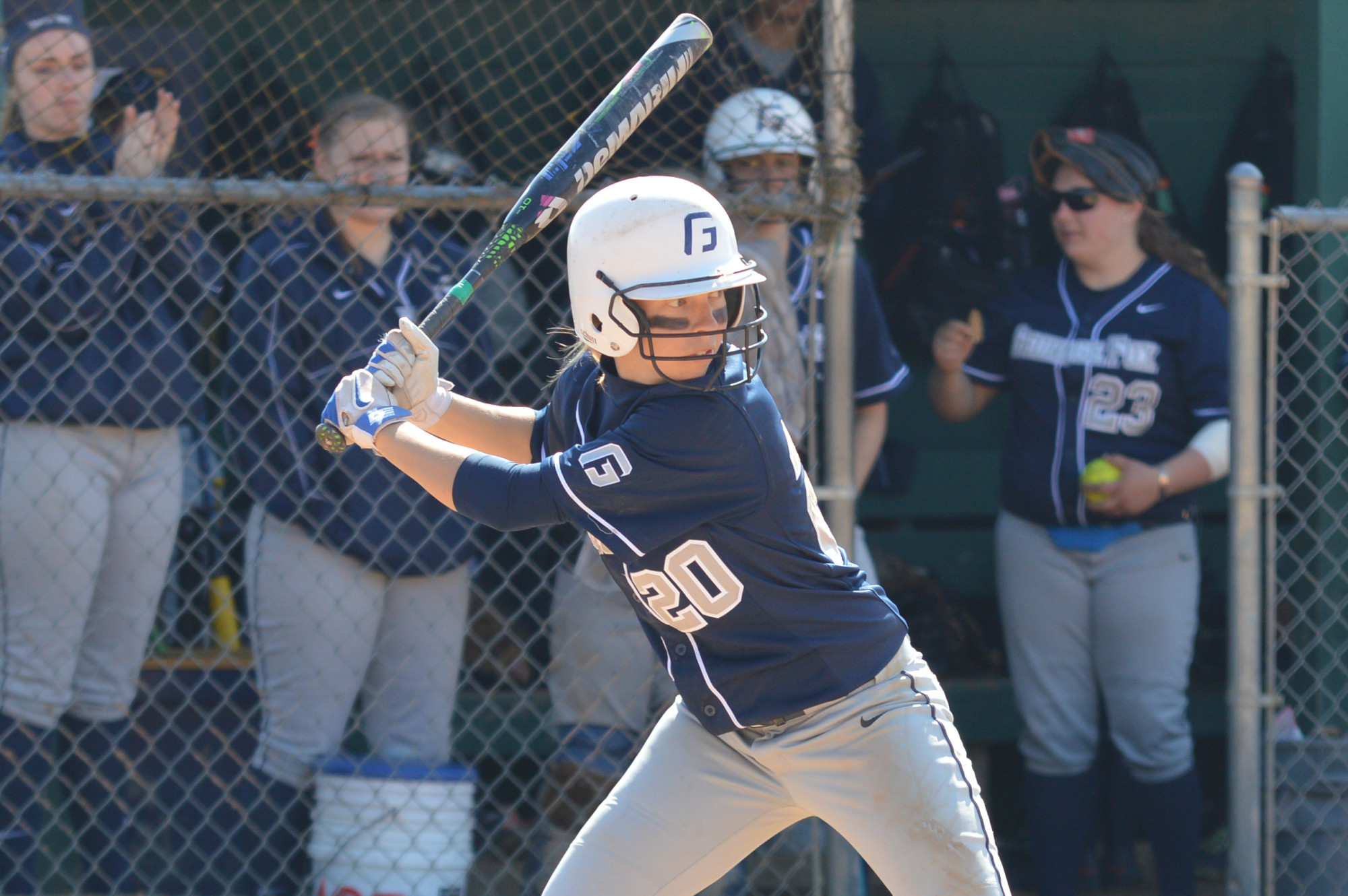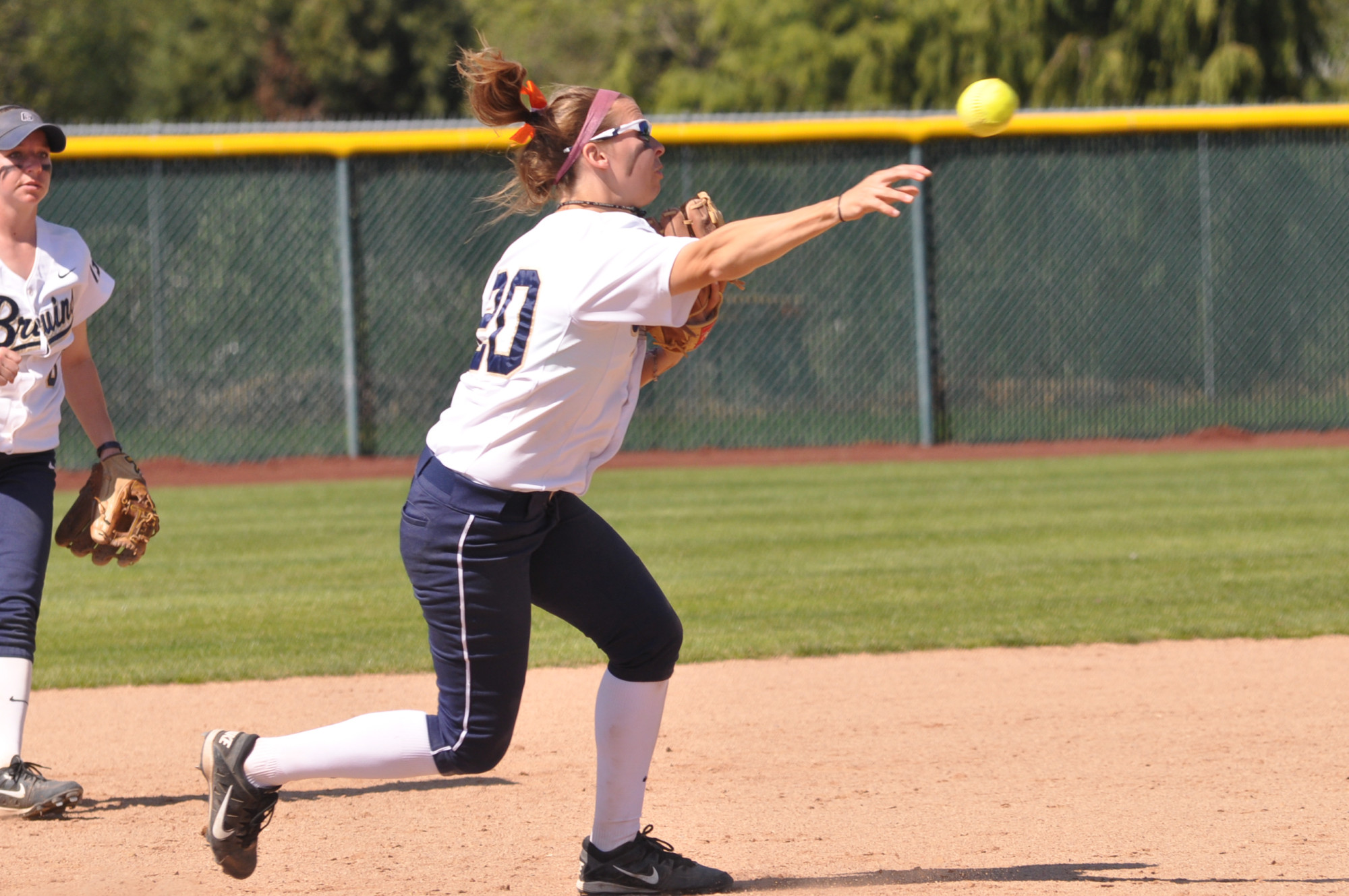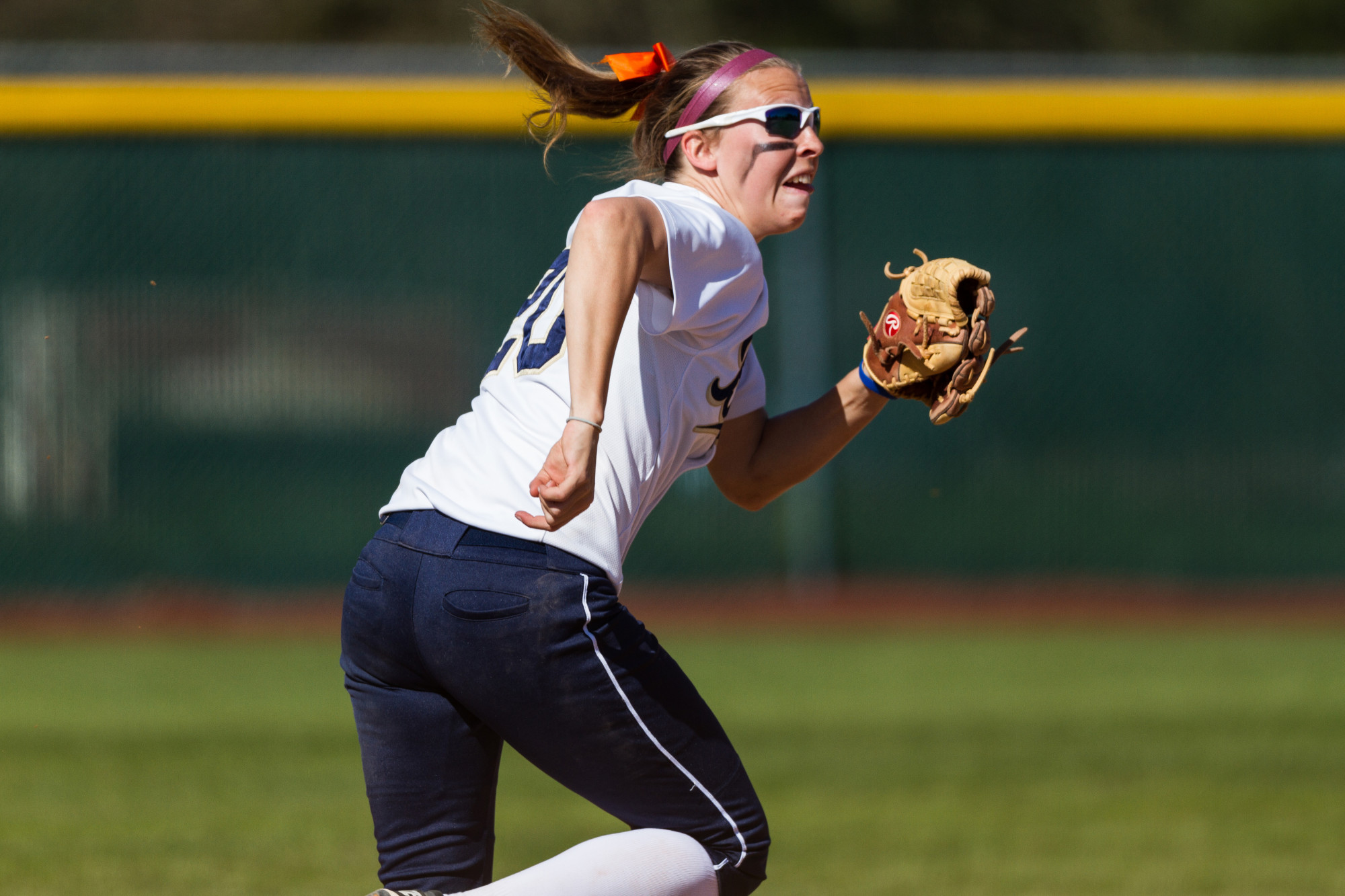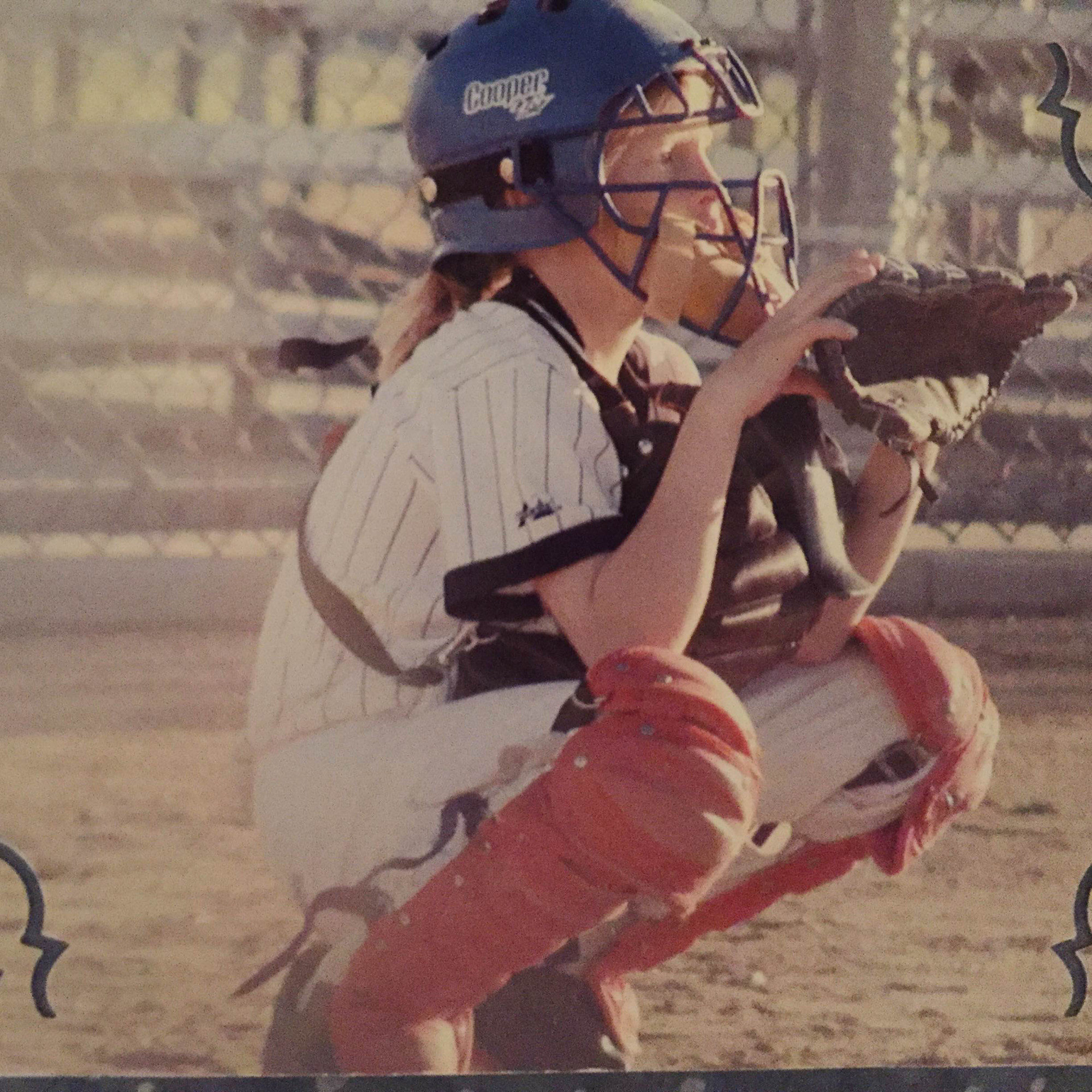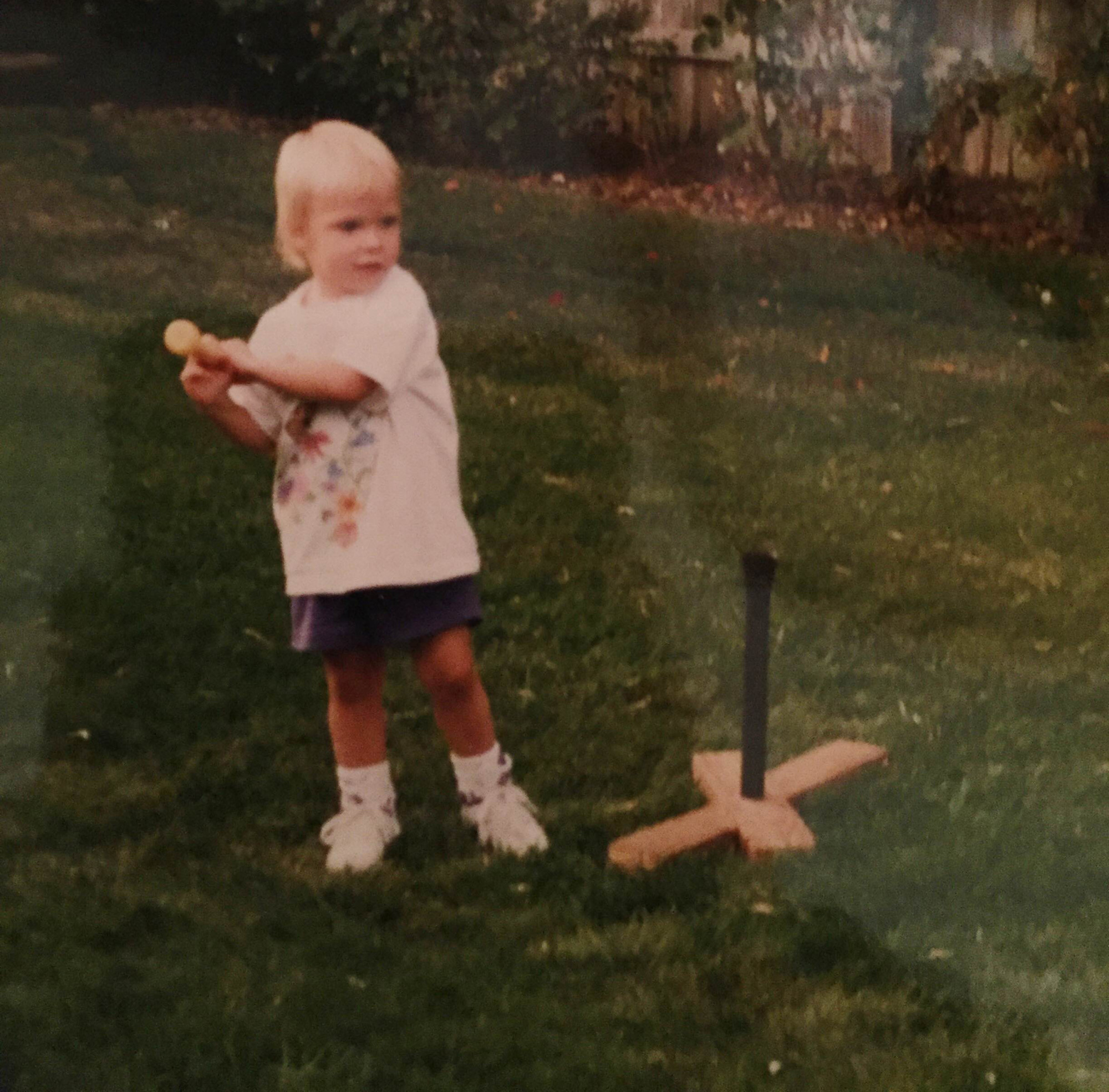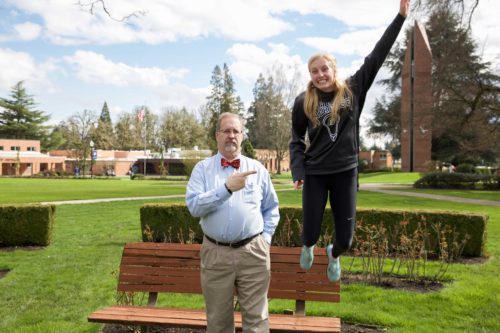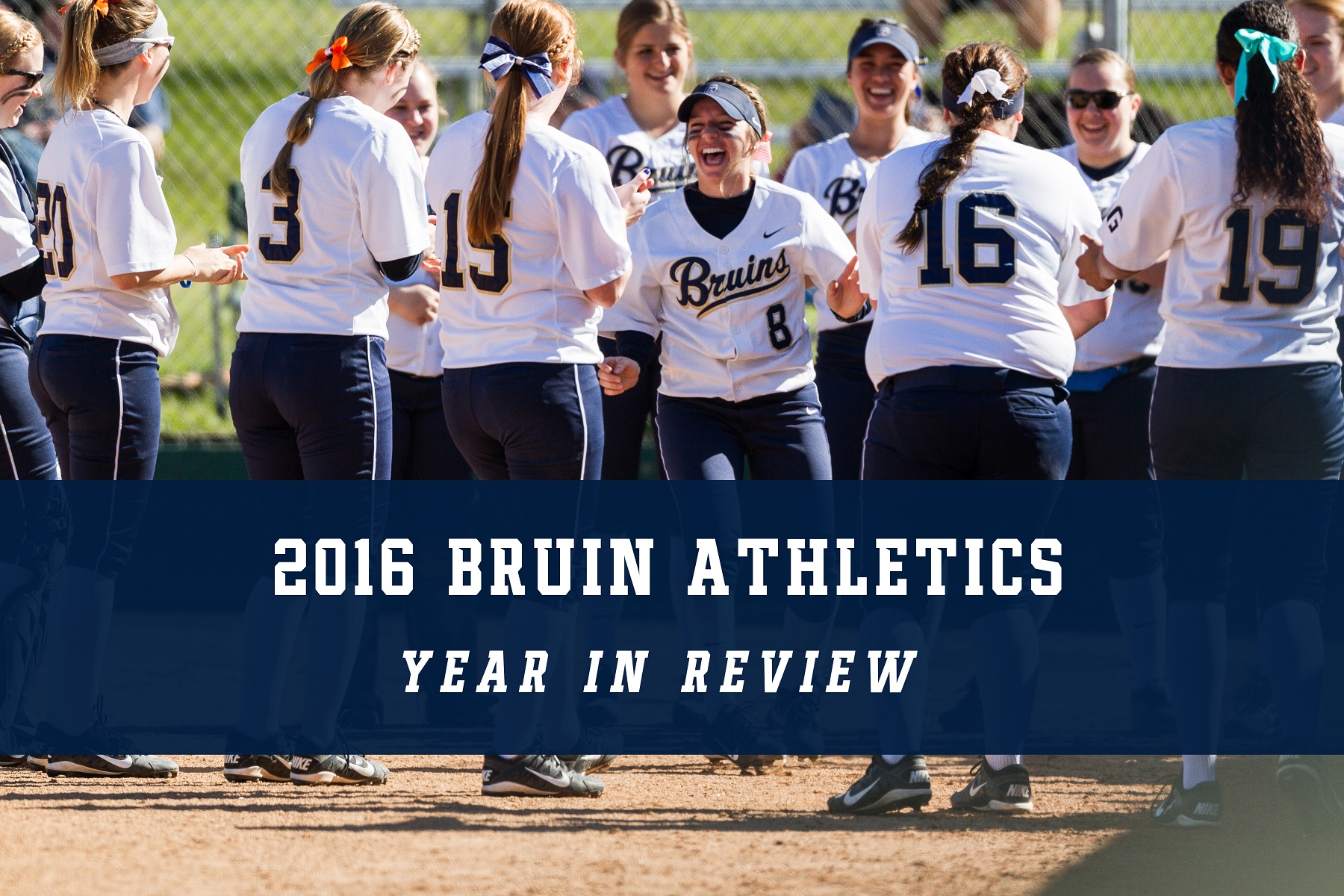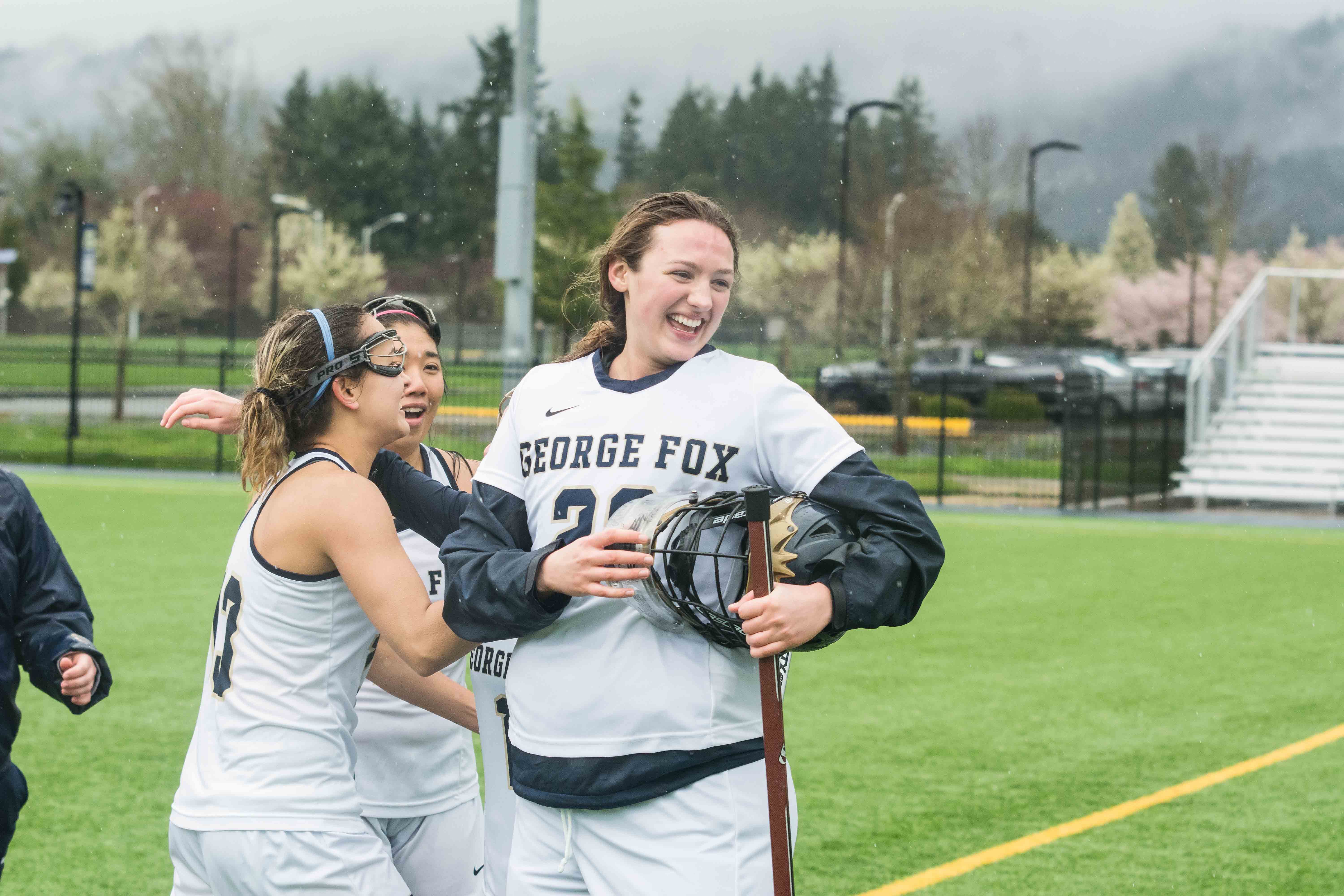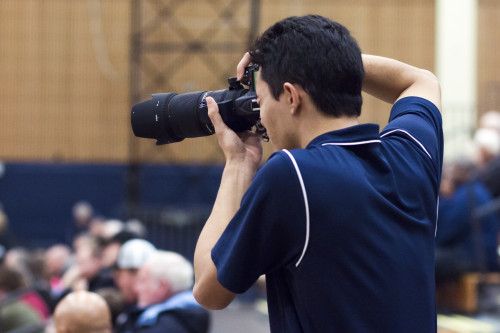Proving Them Wrong
Some especially gifted and well-rounded players are lauded as “five-tool players,” possessing a high average, power, a strong throwing arm, footspeed, and fielding acumen. Those players are nearly always stars, the sort of players teams coalesce around. Kayla Anderson is exactly that sort of player. Last season, in her junior year, Anderson led the Bruins in all three triple crown categories, posting a .388 average, knocking eight home runs, and driving in 45 runs. With Anderson entrenched at shortstop, the Bruins set a team record by winning 31 games and reaching the Northwest Conference championship game.On the field, few can doubt that Anderson has all the necessary tools. But she’s more than a five-tool player. In fact, she’s more than just a softball player. From growing up as the smallest player on her youth team to searching out a program that would allow her to play softball and study athletic training, her tools off the field seem too numerous to count. Given Anderson’s success, it’s hard to imagine that she was destined for anything other than success on the diamond. In high school, she began pursuing her dream of playing collegiate softball and started talking to a few coaches who had programs that interested her. One Northwest Conference coach, though, couldn’t see Anderson playing at the collegiate level and told her so. “Hearing [the coach’s comments] made me want to prove her wrong more than ever,” Anderson said. Some players, without an experienced coach’s confidence, might understandably lose heart. Not Anderson: one of her tools is ambition.
“All season my freshman year I was looking forward to playing that team and proving myself to be worthy of playing at a collegiate level,” said Anderson. “Every year I want to continue proving her wrong, even though that coach probably doesn’t even remember who I am.” That seems unlikely: Anderson is hard to forget. Somehow, though, she is easy to underestimate. She’s been used to it since her first travel softball team. “I was 10 [when] I joined,” Anderson said. “I was the youngest and smallest on the team, everyone else was 12 and 13.” The other players were older; Anderson was better. And she remained better through travel teams, through high school – and then it was time for college. When Anderson was deciding on a college to attend, she knew she wanted balance and opportunities. She wanted to stand out on the field – and in the classroom.“I wanted to attend a smaller college, and stay in the Pacific Northwest,” Anderson explained. “Playing at a D-III school was the only place I was able to do both athletic training and play a sport.” Many D-III institutions would have let Anderson pursue both interests, but something else drew Anderson to George Fox. “Athletically,” said Anderson, “I could see that the softball program was building to be bigger and better than it was at the time, and I wanted to be a part of building it back up to being a top tier team.” George Fox also offered Anderson something familiar: a family. For Anderson, her family and softball have been always interconnected. Softball and baseball are family pastimes.“As soon as I was able to walk, my grandpa would take me into the backyard and play whiffle ball with me, and at family reunions there would always be a pick up whiffle ball game. My grandparents and parents have also been taking me to Mariners games ever since I was born.” If the Mariners weren’t playing, though, that was all right. “I looked forward to driving up to Seattle for the week in summers and going to all the Mariners games, [but] if there wasn’t a game that day we would go to a park and play our own baseball game.” At George Fox, Anderson was able to extend her family, enveloping her team and her fellow athletic trainers. To Anderson, they’re more than just support, more than just teammates or classmates. Even the professors and training staff seem like old friends.
“The best part about athletic training is how close we are; it’s like another family to me. As well as all of the one-on-one time we get with professors – they are there to help us learn and make us the best athletic trainers we can be.” Even with the best teammates and the coziest atmosphere, though, many student-athletes would find themselves quickly overwhelmed by the double-demands of collegiate athletics and collegiate academics. Anderson admits that time-management is daunting, but luckily it’s another of her tools. “We have to have 150 hours [of athletic training field practice] per semester during senior year which makes you have to be really good at time management and using all of your time wisely,” said Anderson. “Last fall I was with the women’s soccer team and going to every home game as well as three practices a week.” Her coach and the athletic staff help Anderson where they can. “Luckily, Jess and Dana are flexible and willing to work with me to be at as much of both softball and athletic training as possible. During spring I might leave practice a little early in order to get to the athletic training room for hours.”Every second Anderson’s on the field, though, will be critical for the Bruins. With Anderson at shortstop, the Bruins have formed a nexus – including fellow seniors Amanda Woods, Courtney Howard, and Kat Hylton – that makes them serious players in the Northwest Conference. The goal for the Bruins’ 2016 season is to finish what they began. Last year, they made it to the NWC championship game; this year, they aim to win it. If they do, Anderson will be a catalyst, but even though she cuts an imposing figure on the field – and rightly so – she remains, in her words, “just another girl wanting to play softball.”

